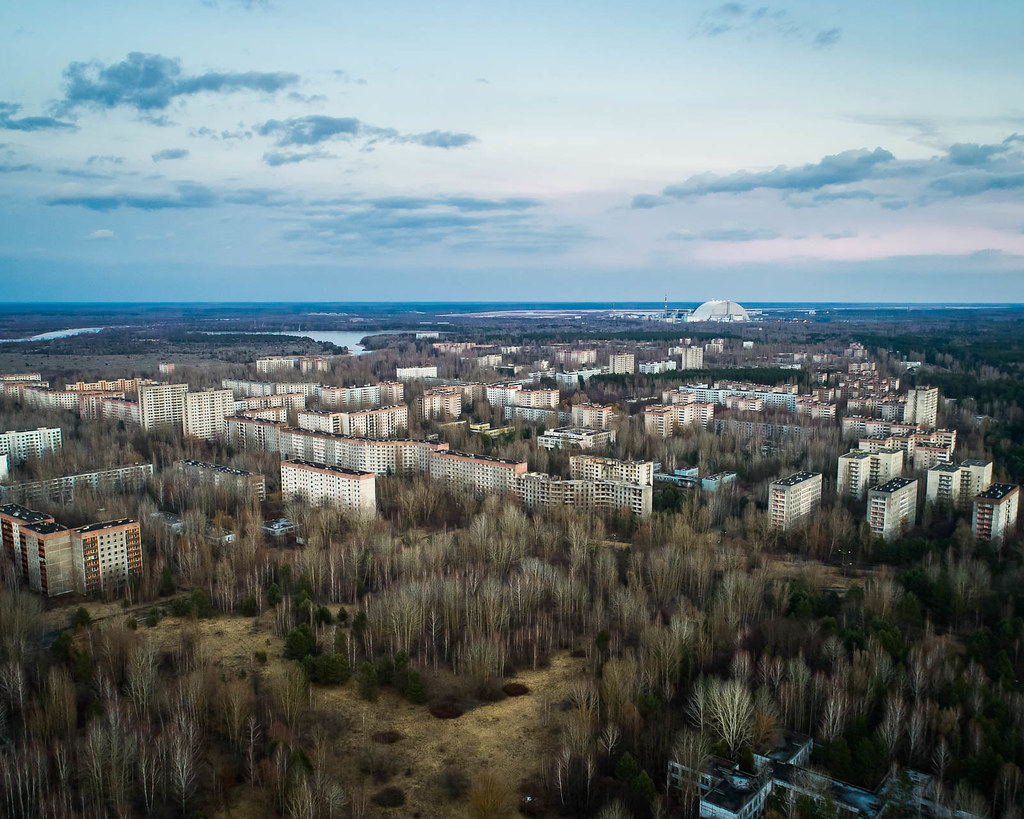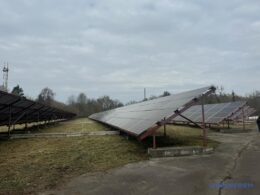On 26 April, Ukraine commemorates the 38th anniversary of the Chornobyl Nuclear Power Plant (NPP) accident, which became the largest man-made catastrophe of the 20th century.
Here is the timeline of the key events from the Chornobyl disaster, according to the Ukrainian Institute of National Memory:
- 26 April 1986: a powerful chemical explosion occurred at the fourth reactor of the Chornobyl NPP, destroying part of the reactor building and the engine room.
The explosion resulted in a fire that spread to the roof of the third power unit. While the firemen extinguished the fire by 5 am, it took them until 10 May to eliminate the fire inside the fourth unit.
The explosion and fire released a radioactive cloud that covered not only the territories of present-day Ukraine, Belarus, and Russia but also many European countries, including Sweden, Austria, Norway, Germany, Finland, Greece, Romania, Slovenia, Lithuania, and Latvia. The accident was classified as the highest level of danger on the International Nuclear Event Scale (INES).
- 28 April 1986: USSR made the first official announcement about the disaster.
Initially, Moscow and the leadership of the Ukrainian SSR concealed the fact of the accident and the consequences of the ecological catastrophe, with Sweden being the first to report increased radiation levels.
Instead of addressing the crisis, the Soviet authorities organized surveillance of nearly every person, conducting "preventive talks" with "alarmists."
- October 1986: The first and second power units of the Chornobyl NPP restarted their operations. However, the fourth power unit never became functional again.
The damaged reactor was covered with a special "sarcophagus" at the end of 1986 to prevent the spread of radiation. However, this “Shelter" object gradually deteriorated.
- 15 December 2000: the Chornobyl Nuclear Power Plant was completely shut down.
- 29 November 2016: A new "sarcophagus,” the New Safe Confinement, was installed over the 4th power unit.
- June 2020: Ukraine declassified 190 KGB documents revealing more about the Chornobyl disaster that covered the period from 1970 to November 1986. The documents highlighted the known problems with the nuclear plant, the ignored warnings about its safety, and the Soviet government's response to these issues.
How many people were affected by Chornobyl disaster?
The Ukrainian Institute of National Memory presents these numbers:
- 30 employees of the nuclear power plant died as a result of the explosion or acute radiation sickness within a few months of the accident.
- 500 thousand people died from radiation, according to estimates by independent experts.
- 90,784 individuals were evacuated from 81 settlements in Ukraine by the end of the summer of 1986.
- Over 600 thousand people became liquidators of the accident
- 2,293 Ukrainian cities and towns with a population of approximately 2.6 million people were contaminated with radioactive nuclides.
The Ukrainian Institute of National Memory notes that the Chornobyl catastrophe became one of the catalysts for the collapse of the Soviet Union, as Moscow's attempts to hide the truth about its consequences and insufficient safety measures and assistance to the victims shook faith in the "humanity" of the communist idea, even among its most loyal supporters.
Chornobyl NPP during Russian invasion in 2022
When Russians started the full-scale invasion in 2022, they occupied the Chornobyl Nuclear Power Plant on 24 February. Russians took Ukrainian soldiers prisoner and held the civilian staff of the station hostage.
The occupation lasted 35 days, and then Ukraine returned control over it. During this period, Russian troops ransacked laboratories, destroyed and looted equipment, detained and mistreated security personnel, and used the facility as a base for further military operations.
Zaporizhzhia Nuclear Power Plant currently under Russian threat
Meanwhile, in early March 2022, Russian forces took control of the Zaporizhzhia Nuclear Power Plant (NPP), located in southeastern Ukraine. It remains under Russian occupation, and the invaders use it as a military base. The International Atomic Energy Agency (IAEA) has repeatedly expressed concerns about the safety and security risks posed by the military activities around and at the plant.
In his latest address, President Volodymyr Zelenskyy emphasized
that the international community must hold Russia accountable and exert pressure to ensure the liberation and full Ukrainian control of the Zaporizhzhia NPP.
“This is the only way to prevent new radiation disasters, which the Russian occupiers' presence at Zaporizhzhia NPP constantly threatens,” Zelenskyy wrote.
Related:
- Kremlin knew Chornobyl was an accident waiting to happen 3 years before 1986 disaster
- What’s the worst that can happen at Zaporizhzhia nuclear power plant? Four scenarios





